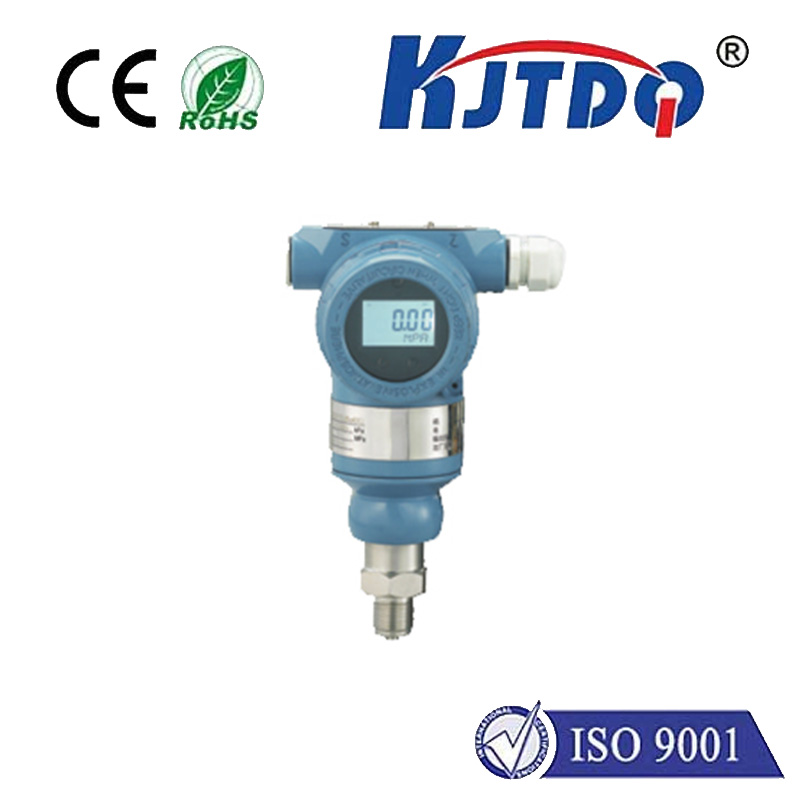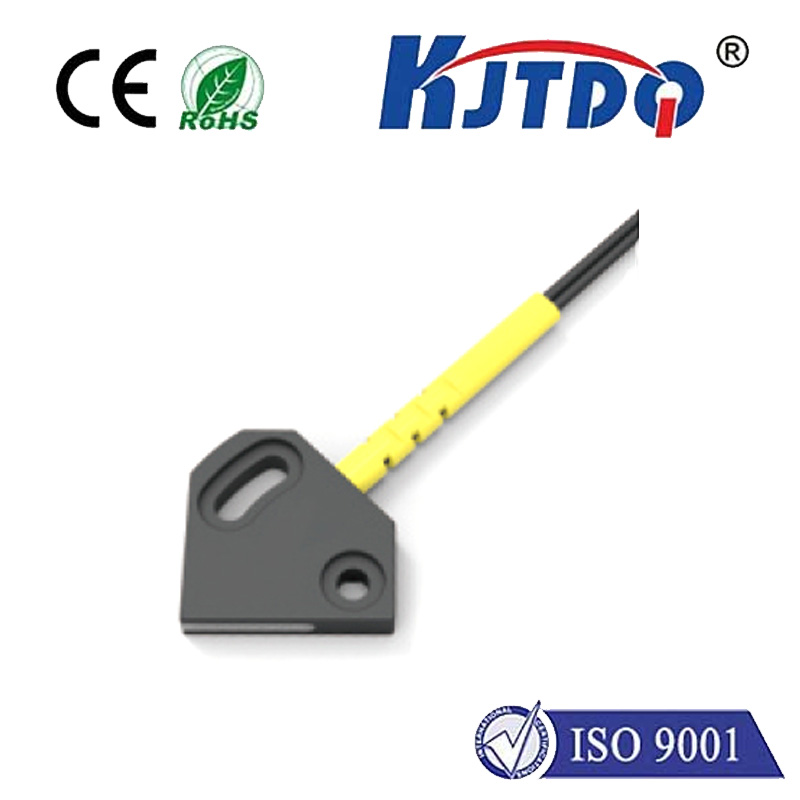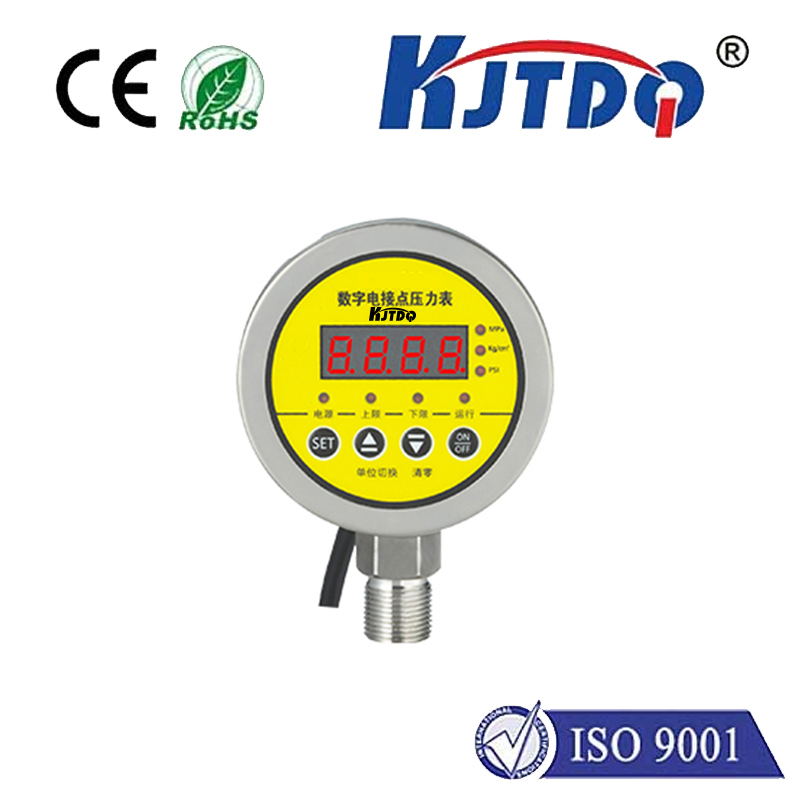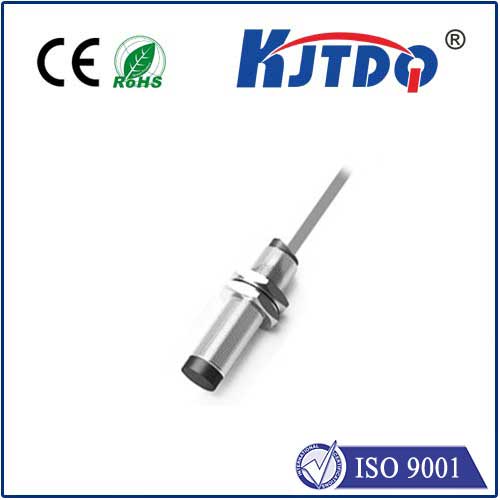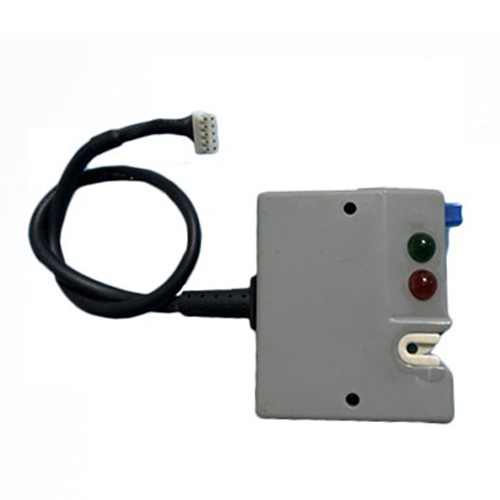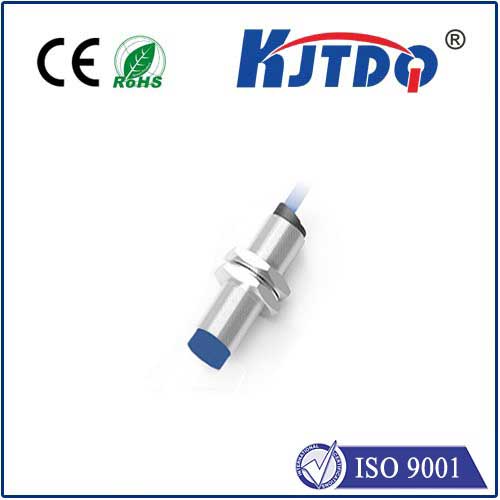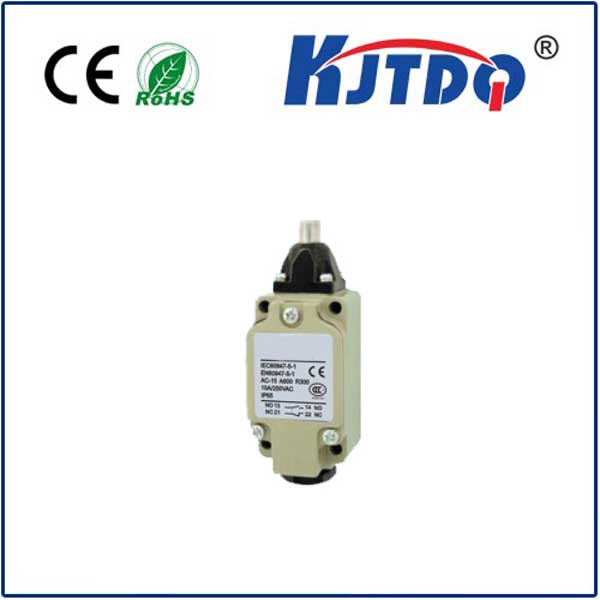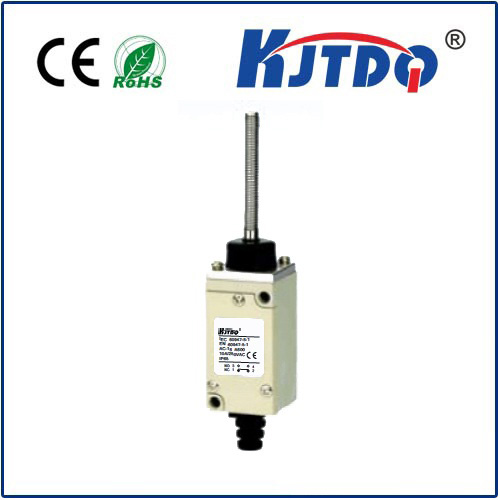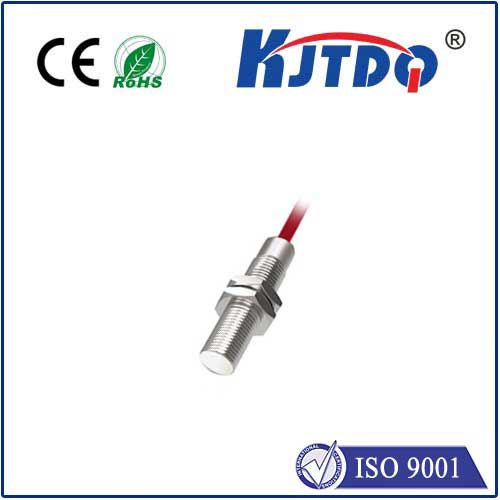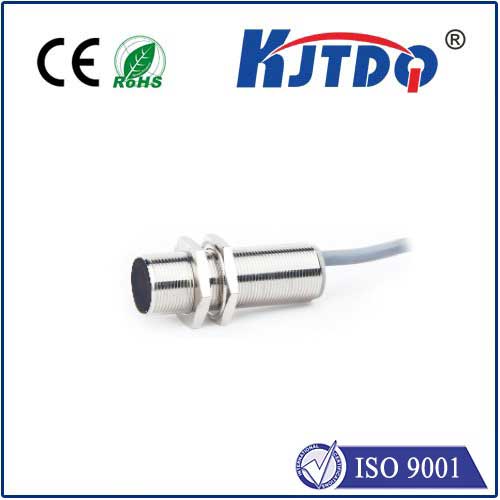Imagine pinpointing a potentially dangerous gas leak within seconds, measuring life-saving oxygen levels in a hospital ventilator with unmatched reliability, or monitoring critical industrial emissions with near-zero false alarms. This isn’t science fiction; it’s the daily reality enabled by Tunable Diode Laser Absorption Spectroscopy (TDLAS) sensors. These sophisticated instruments are transforming how we detect, measure, and analyze gases across countless industries, offering unprecedented accuracy and reliability where it matters most.
At its core, a TDLAS sensor leverages a fundamental principle of physics: molecules absorb light at specific, unique wavelengths. Think of it like a molecular fingerprint in the infrared spectrum. A TDLAS device employs a precisely controlled tunable diode laser. This laser’s wavelength can be finely adjusted – or “tuned” – across a narrow range around the specific absorption line of the target gas species. As this laser light passes through a gas sample (contained in a cell or measured in open air via a beam path), target gas molecules absorb light at their characteristic wavelength. By meticulously measuring the reduction in light intensity at that specific wavelength compared to non-absorbed wavelengths, the sensor calculates the exact concentration of the target gas. This is the essence of laser absorption spectroscopy applied practically.

Why is TDLAS gaining such prominence? Its advantages are compelling and distinct:
These powerful capabilities unlock a vast array of critical applications:
How does TDLAS compare to traditional gas sensing methods?
| Особенности | TDLAS Sensors | Traditional Sensors (e.g., NDIR, EC) |
|---|---|---|
| Selectivity | Extremely High | Moderate to Low (prone to cross-interference) |
| Чувствительность | Very High (ppm/ppb) | Moderate to High (usually ppm) |
| Время отклика | Very Fast (ms-s) | Moderate to Slow (seconds-minutes) |
| Measurement | In Situ, Non-Contact Remote | Usually Requires Sampling |
| Техническое обслуживание | Low | Moderate to High (consumables, frequent calibration) |
| Cost (Initial) | Typically Higher | Typically Lower |
| Long-Term Stability | Высокий | Requires Frequent Calibration |
The technology continues to evolve. Advances in laser diodes, particularly Quantum Cascade Lasers (QCLs) and Interband Cascade Lasers (ICLs), now allow TDLAS to access the mid-infrared region where many molecules have much stronger absorption features. This further boosts sensitivity and expands the range of detectable gases. Integration into smaller, more robust packages is making TDLAS gas detectors accessible for broader applications. Techniques like wavelength modulation spectroscopy (WMS) enhance sensitivity and noise rejection even in challenging environments.
TDLAS sensors represent more than just an incremental improvement; they signify a leap forward in gas analysis technology. By delivering unmatched selectivity, sensitivity, speed, and reliability, they empower industries to operate more safely, efficiently, and sustainably. From safeguarding worker health and the environment to optimizing complex industrial processes and enabling cutting-edge medical diagnostics, the precision of laser light, harnessed through TDLAS, is illuminating the path to a future where gas detection is not just accurate, but truly insightful. Whether deployed for continuous emission monitoring or critical safety shutdown systems, the impact of this technology is profound and continually growing.
